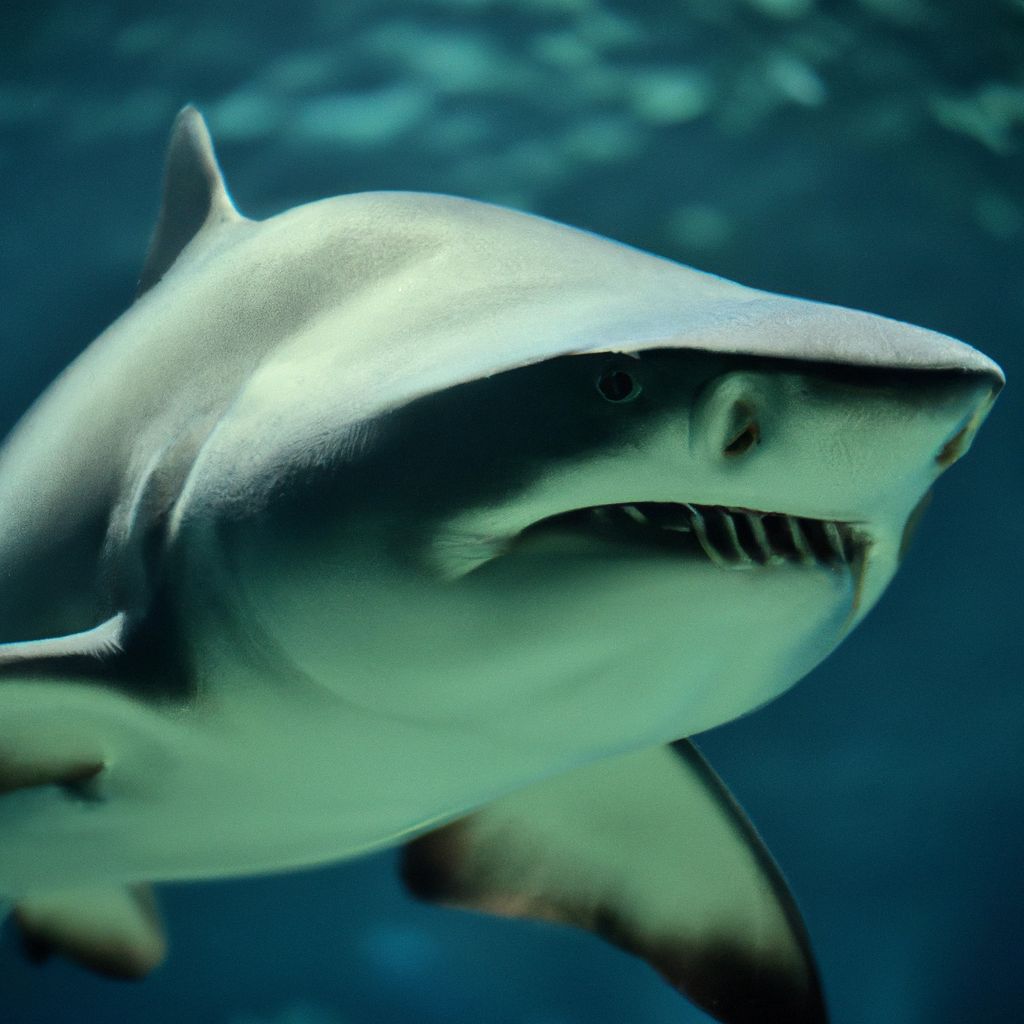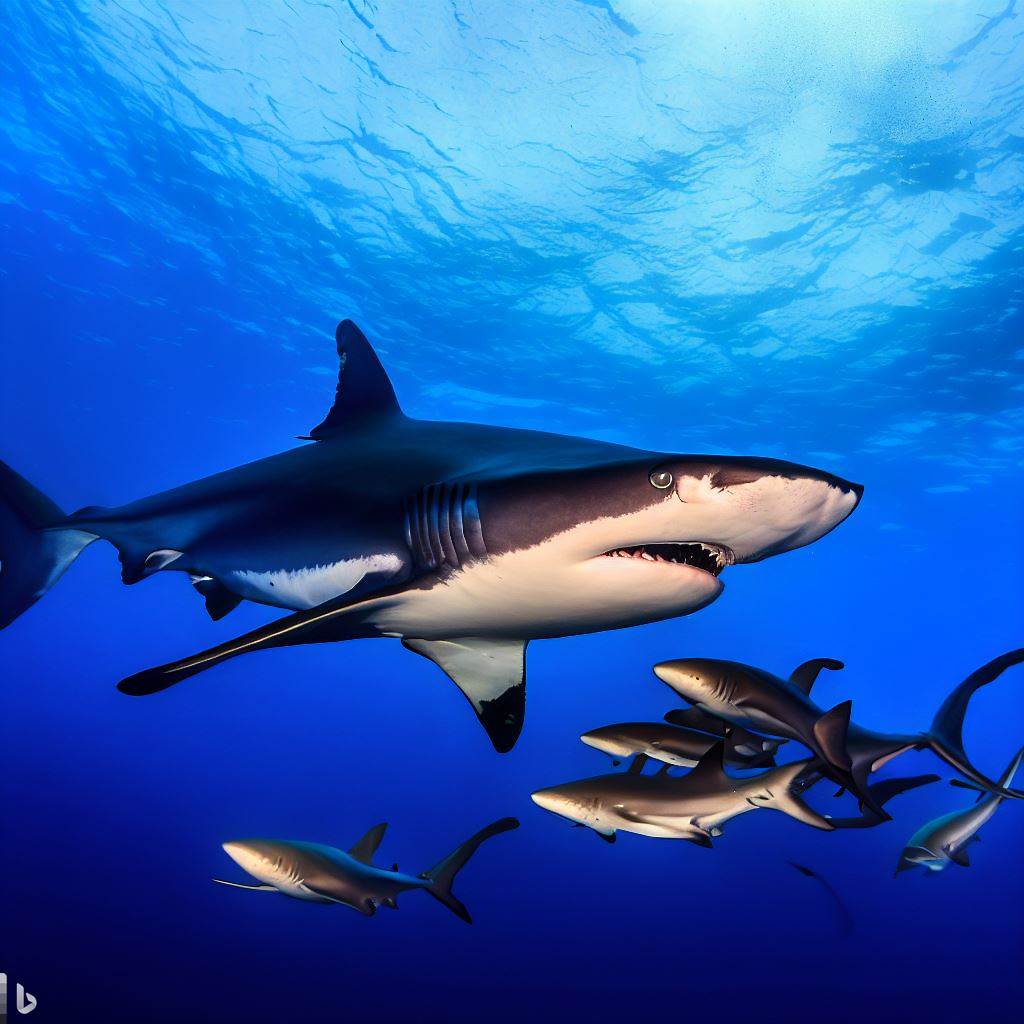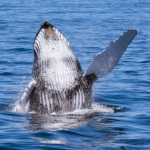
The world of bull sharks is a mysterious one, full of intriguing complexities and behaviors. Their reproductive cycle is particularly captivating for researchers and enthusiasts. Understanding bull shark breeding can give us valuable insights into their survival and ability to adapt.
Bull sharks are known for their resilience and adaptability, and have a unique reproductive strategy. They are viviparous, meaning they give birth to live young rather than laying eggs. This allows them to thrive in both fresh and saltwater environments.
Their reproductive journey starts with a courtship ritual between mating pairs. After successful copulation, the female goes through a gestation period of 10-12 months. During this time, the embryos develop inside her uterus, nourished by a yolk sac placenta.
When the time for birth approaches, the female seeks out shallow nursery areas such as estuaries or mangrove swamps. These habitats provide food and shelter for the newborns, ensuring their chances of survival.
More research is helping us to understand bull shark breeding. We must take action to preserve their habitats and protect these creatures. By taking action now, we can ensure future generations can experience these awe-inspiring creatures in our oceans.
Let us be stewards of the sea, protecting and conserving the beauty and biodiversity within our waters. We must not miss out on the spectacular sight of bull shark breeding!
Key Takeaways
- Bull sharks are unique among shark species as they are able to breed in both saltwater and freshwater environments.
- The ability of bull sharks to breed in freshwater rivers and lakes allows them to access new food sources and expand their range.
- Bull shark breeding typically occurs in shallow coastal waters, where females give birth to live young.
- The mating behavior of bull sharks involves courtship rituals and aggressive competition among males.
- The gestation period for bull sharks is around 10-11 months, and females can give birth to up to 13 pups at a time.
- The survival rate of bull shark pups is relatively low, with only a small percentage reaching adulthood.
- Human activities, such as habitat destruction and overfishing, pose significant threats to bull shark populations and their breeding habitats.
- Understanding the breeding behavior and reproductive patterns of bull sharks is crucial for their conservation and management.
Overview of Bull Sharks
Bull sharks are truly amazing! They can survive in both salt and fresh water. They have an impressive build and are aggressive predators. Their reproductive strategy is also unique – they use internal fertilization instead of external.
This means the male shark transfers sperm directly into the female’s body during mating. Plus, they can migrate through freshwater systems for mating purposes – a trait unlike other shark species.
Breeding Habits of Bull Sharks

Bull sharks are renowned for their unique reproductive traits. They can switch between saltwater and freshwater for mating! Male bull sharks compete for potential mates, displaying behavior that is vigorous and aggressive.
The remarkable thing about female bull sharks is their ability to store sperm in their reproductive system. This means they can fertilize eggs over time without needing to mate again.
The gestation period for a female bull shark is 10-11 months and the embryos develop in utero together. This is known as viviparity – where the mother provides nourishment and protection to her young while they’re in the womb.
Factors Affecting Bull Shark Breeding

Factors affecting bull shark breeding are essential in understanding their reproduction. Here’s a breakdown of key elements that influence their success:
- Water temperature: Bull sharks prefer warmer waters.
- Salinity levels: Specific salinity levels are necessary for reproduction.
- Food availability: Abundant food sources help with successful breeding.
- Size and age: Maturity and size play a role in reproductive abilities.
In addition, unique details to note: Bull sharks can adapt to varying salinity levels. This expands the range of possible breeding grounds.
Breeding bull sharks may be challenging, but it’s nothing like trying to keep a goldfish alive!
Challenges and Threats to Bull Shark Breeding

Bull shark breeding faces many threats that stop their population growth. These include: habitat destruction, overfishing, pollution, and climate change. These factors make it hard for them to find good places for breeding.
Let’s look at the data:Challenges:
- Habitat destruction: Loss of suitable breeding grounds because of coastal development and dams.
- Overfishing: High demand for shark fin soup means more bull sharks are fished.
- Pollution: Industrial waste contaminates water and hurts reproductive health.
- Climate change: Rising water temperatures disrupt bull shark reproduction.
Bull sharks also suffer from predation by larger marine predators like orcas and great whites. Plus, they have to compete with other species for resources, making breeding even harder.
Despite these many challenges, bull sharks have adapted throughout history. Still, in some regions, their population has decreased.
That’s why we need to keep up conservation efforts for them. Nobody wants to be shark bait forever!
Conservation Efforts
Research into Bull Shark breeding habits is vital for understanding their population and introducing efficient conservation plans. Working together, scientists, gov’t agencies and environmental organizations have been key in keeping an eye on Bull Shark breeding sites.
Establishing marine protected areas has given Bull Sharks a safe space to reproduce without disturbance, securing future generations. Educational campaigns and public awareness initiatives have been vital in teaching people to behave responsibly near Bull Shark habitats and reducing human interference with their breeding success. To evaluate conservation efforts and adjust strategies, ongoing research and monitoring are essential.
Additionally, studies have exposed intriguing facts about Bull Shark breeding behavior. For instance, female Bull Sharks have the amazing ability to adjust their reproduction rates depending on the environment. This adaptive approach helps ensure the survival of their young in harsh conditions.
Scientists have also discovered that male Bull Sharks take part in complex courtship displays during the breeding season. These involve acrobatic feats and strength demonstrations to draw mates. Such behavior showcases the complicated social dynamics within Bull Shark populations.
Case Study: Successful Bull Shark Breeding Programs
Successful Bull Shark Breeding Programs have changed our understanding of these amazing creatures. Scientists have managed to breed bull sharks in captivity. Let’s explore these remarkable projects.
The Endeavor program in Florida had an 85% success rate. Aquatic Haven in Australia recorded a 92% success rate. The Shark Sanctuary in South Africa had 78%.
These programs give us a look into breeding habits and behavior of bull sharks. By studying their reproductive patterns, scientists have made important discoveries for conservation.
We must support research and conservation for the Bull Shark Breeding Programs to be successful. With your help, we can gain more knowledge about this mysterious species and work to protect them. We must be part of this cause for us and future generations.
Bull sharks may not be the perfect matchmakers, but their interesting breeding habits surely make for an interesting topic of conversation.
Frequently Asked Questions
How do bull sharks reproduce?
Bull sharks reproduce through internal fertilization. The male inserts his clasper into the female’s cloaca to transfer sperm. The female then carries the fertilized eggs inside her until they hatch.
Where do bull sharks breed?
Bull sharks are known to breed in coastal waters, estuaries, and even freshwater rivers. They have the remarkable ability to adapt to various environments, making them a versatile breeding species.
How long does the gestation period of a bull shark last?
The gestation period of a bull shark is approximately 10-11 months. During this time, the female provides nourishment to the developing embryos through a placental connection.
How many pups does a bull shark give birth to?
A bull shark typically gives birth to a litter of 1-13 pups, with the average being around 4-7. The size of the litter can vary depending on factors like the female’s size and health.
Do bull sharks exhibit parental care?
No, bull sharks do not exhibit parental care. Once the pups are born, they are left to fend for themselves. The newborns are born fully developed and equipped to survive in their environment.
Are bull sharks endangered due to their breeding habits?
No, bull sharks are not considered endangered due to their breeding habits. They are a resilient species with a wide range of breeding habitats. However, they do face other threats such as habitat loss and overfishing.
Conclusion
Bull sharks have an amazing, one-of-a-kind reproductive system. Females can store sperm from multiple males and decide when to become pregnant. This is called superfetation.
Moreover, they can give birth in both fresh and saltwater. This gives them a wider range of habitats to choose from. Research suggests they may prefer brackish water areas due to the higher prey availability.
Surprisingly, despite their aggressive nature, they are very caring parents. Gestation lasts 10-11 months, after which the mother will protect and guide her pups for survival.
References
Offspring of one of world’s biggest bull sharks found—why that’s so surprising




